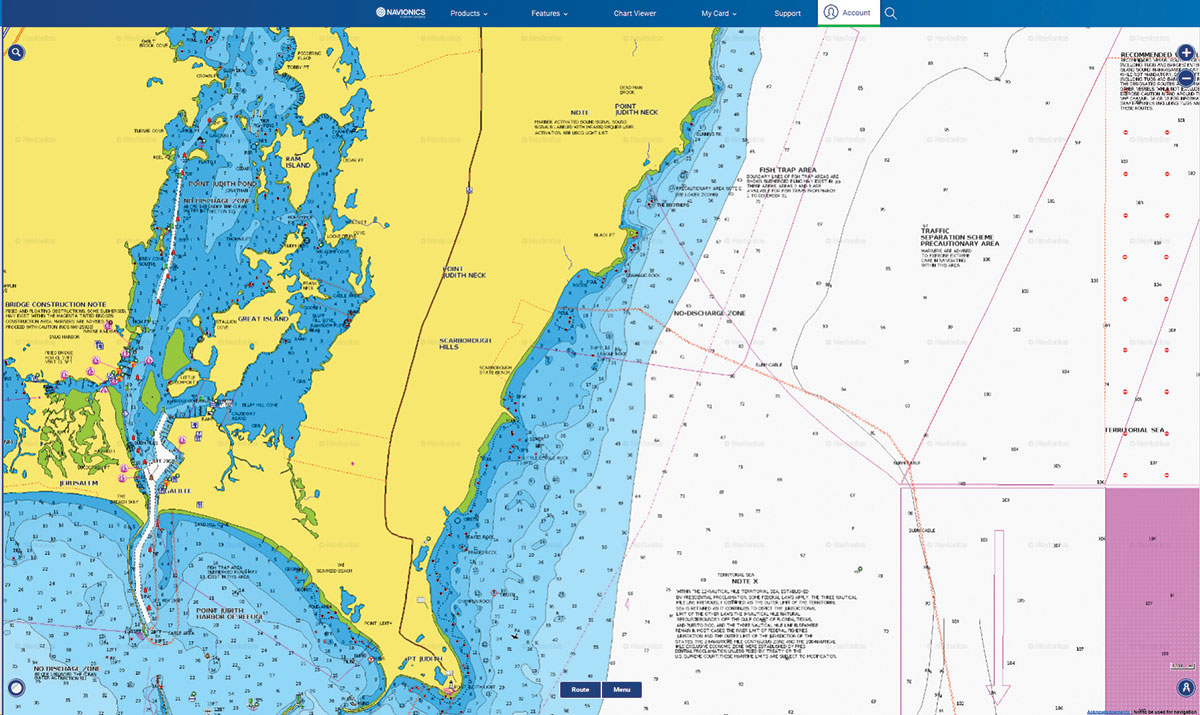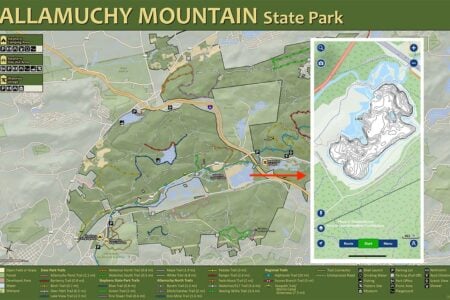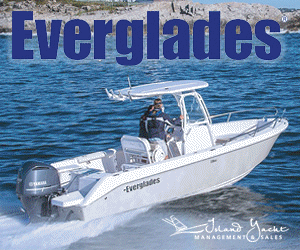
The rocky shore of Narragansett comprises a series of striper hot spots that begin at Point Judith and continue northeast into the mouth of Narragansett Bay. With the exception of Scarborough State Beach, there is little sand here until you reach the town seawall, 5 miles up the coast at Narragansett Pier; still, the nooks and crannies of stone to the east of the Scarborough state beach, beginning with Black Point, are popular spots. From then on, the ragged shoreline offers ample hiding places for forage species. You can expect to catch stripers, bluefish, and occasional false albacore or bonito. Most stripers—fewer big fish during summer and larger numbers in autumn—are taken surprisingly close to the rocks. Lure fishing is most popular. Some years, when mackerel or squid are available, there can be some live-lining of baits attached to floats. Avoid bottom fishing because of collections of kelp that build at rock bases. This brings us to a number of tactical considerations.
Surfcasting along these rocky shorelines requires the angler to select a suitable landing spot before beginning to fish. Otherwise, the hooking of a large striper could turn out to be a disastrous experience. Most of the shore here is high enough above the water to make reaching down quite difficult, if not impossible. You’ll need a long-handled gaff and a spot with lighter surf that’s close enough to the water for gaffing or a safe landing for the fish. Otherwise, all successes will be confined to mediocre fish. Nevertheless, most noteworthy are the hazards unique to this kind of shoreline. It is very easy to trip on the rugged stones, and at the waterline, where black algae grows on the rocks, the footing is nearly always as slippery as ice. This is an exceedingly dangerous place. To make matters worse, once in the water, it is often impossible for a person to get out – and the sea will batter a person against the rocks, causing injuries that can easily lead to drowning. Thus, the conditions described above combine with the popularity of this area to make Narragansett the number-one killer of surfcasters on the Striper Coast, and this dubious distinction is earned over and over again, every season. Back to fishing.
There is safer productive wading at Point Judith Light, which seems to have its best fishing at low tide when plug fishermen can reach deeper water at a time when stripers and blues are changing positions. Waters here, while attractive to gamefish, force shallow fishing among a boulder strewn bottom, which dictates popping plugs or shallow running swimmers. When fish are around Point Judith can produce some wild surfcasting for competent wading or wetsuiting.
Another Narragansett option is the mouth of the Narrow River, which provides humping currents and high water exchange. Best tide is the high drop, which is waded and plugged from a sandy bottom. Tide depending, currents can be high volume and wade fishermen should listen to their fears. Off to the side, right of the outflow, there can be some sand spike bottom fishing with sea worms or chunks. Safer than the rocky shore, the mouth of Narrow River is a good night spot.
Tradition dictates that fall is the best season here for stripers and blues, and daybreak the best time. Little attention is paid to the tide, and I know of no rule here that considers it. East and southeast winds—in the face—make fishing impossible adding to the danger of the location around Newton or Hazard Avenues.




